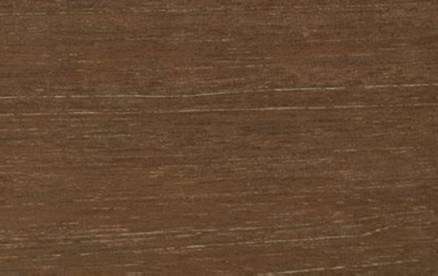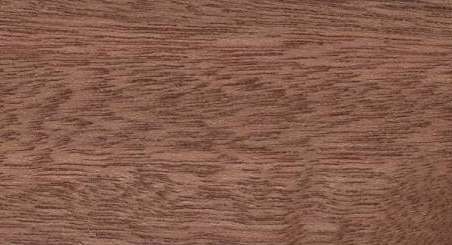 
Chengal (Shorea balanocarpoides)
Family: Dipterocarpaceae
Common names: Chengal, Damar hitam daun besar, Damar hitam katup, Damar katup, Damar litam daum besar, Dmar hitam gondol, Kala daun besar, Kala dawn besar, Meranti damar hitam, Meranti hijau, Meranti hyau, Meranti putih, Merawan, Merawan lampong, White meranti, Yellow meranti
Distributed in: Malaysia (Oceania and S.E. Asia)
Common uses: Furniture, Joinery, Light construction, Plywood
Environment profile: Abundant/Secure
Tree size: Trunk diameter is 100-150 cm
Colors: the heart isRed, Yellow to golden-yellow to orangeand the sapwoodWell defined, White to yellow.The grain isWeak figure, the textureMedium to coarseand the lusterSlightly lustrous
Natural durability: Pinworms (ambrosia beetles) are commonly present, Susceptible to attack from powder post (Lyctid & Bostrychid) beetles
Odor: Has an odor
Kiln Schedules: Drying (speed) is fast
Drying Defects: Checking, Distortion
Ease of Drying: Reconditioning Treatement
Tree Identification: Bole/stem form is buttressed
Blunting Effect: Little
Boring: Fairly easy to very easy
Carving: Very Good to Excellent Results
Cutting Resistance: Fairly Difficult to Very Difficult to saw
Gluing: Fairly Easy to Very Easy
Mortising: Fairly Easy to Very Easy
Nailing: Fair to Good , Fairly Easy to Very Easy
Planing: Fairly Difficult to Very Difficult
Resistance to Impregnation: Resistant sapwood
Response to hand tools: Responds Readily
Sanding: Fair to Good Results
Steam bending: Tends to Degrade
Screwing: Fair to Good Results, Fairly Easy to Very Easy; Turning: Fairly Easy to Very Easy
Polishing: Satisfactory; Staining: Finish is generally satisfactory;
- Numerical data Metric
- Numerical data English
- Strength properties
- References
 |
 |
 |
 |
| Item |
Green |
Dry |
Metric |
| Specific Gravity |
|
|
|
| Density |
|
705 |
kg/m3 |
| Bending Strength |
|
|
kg/cm2 |
| Crushing Strength |
|
|
kg/cm2 |
| Hardness |
|
|
kg |
| Impact Strength |
|
|
cm |
| Shearing Strength |
|
|
kg/cm2 |
| Stiffness |
|
|
1000 kg/cm2 |
| Tangential Shrinkage |
|
|
% |
| Radial Shrinkage |
|
|
% |
| Weight |
|
|
kg/m3 |
| Maximum Load |
|
|
cm-kg/cm3 |
| Toughness |
|
|
cm-kg |
| Static Bending |
|
|
kg/cm2 |
|
 |  |  |  | | Item | Green | Dry | English | | Density | | 44 | lbs/ft3 | | Weight | 43 | 34 | lbs/ft3 | |
Density (dry weight) = 38-45 lbs/cu. ft.
Density (dry weight) = 46-52 lbs/cu. ft.
Density (dry weight) = 53-60 lbs/cu. ft
Density (dry weight) = 31-37 lbs/cu. ft.
Brown, W.H.,1978,Timbers of the World, No. 4 South East Asia,TRADA, Red Booklet SeriesDesch, H.E.,1954,Manual of Malayan Timbers (2 vols,Malayan Forest Records,no.15Fundter, J.M.,1982,Names for Dipterocarp timbers and trees from Asia,Pudoc, Wageningen, NetherlandsI. Soerianegara and R.H.M.J. Lemmens (Editors,1993,Plant Resources of South-East Asia 5,(PROSEA, 1,Timber trees: Major commercial timbers,Pudoc Scientific Publishers, Wageningen 1993Menon, P.K.B.,1959,The wood anatomy of Malayan timbers: commercial timbers, 3. Light,hardwoods,Malaysian Forest Research Institute Kepong, Research Pamplet, No. 27.Symington, C.F.,1943,Foresters manual of Dipterocarps,Malaysia Forest Record,No.16
|









